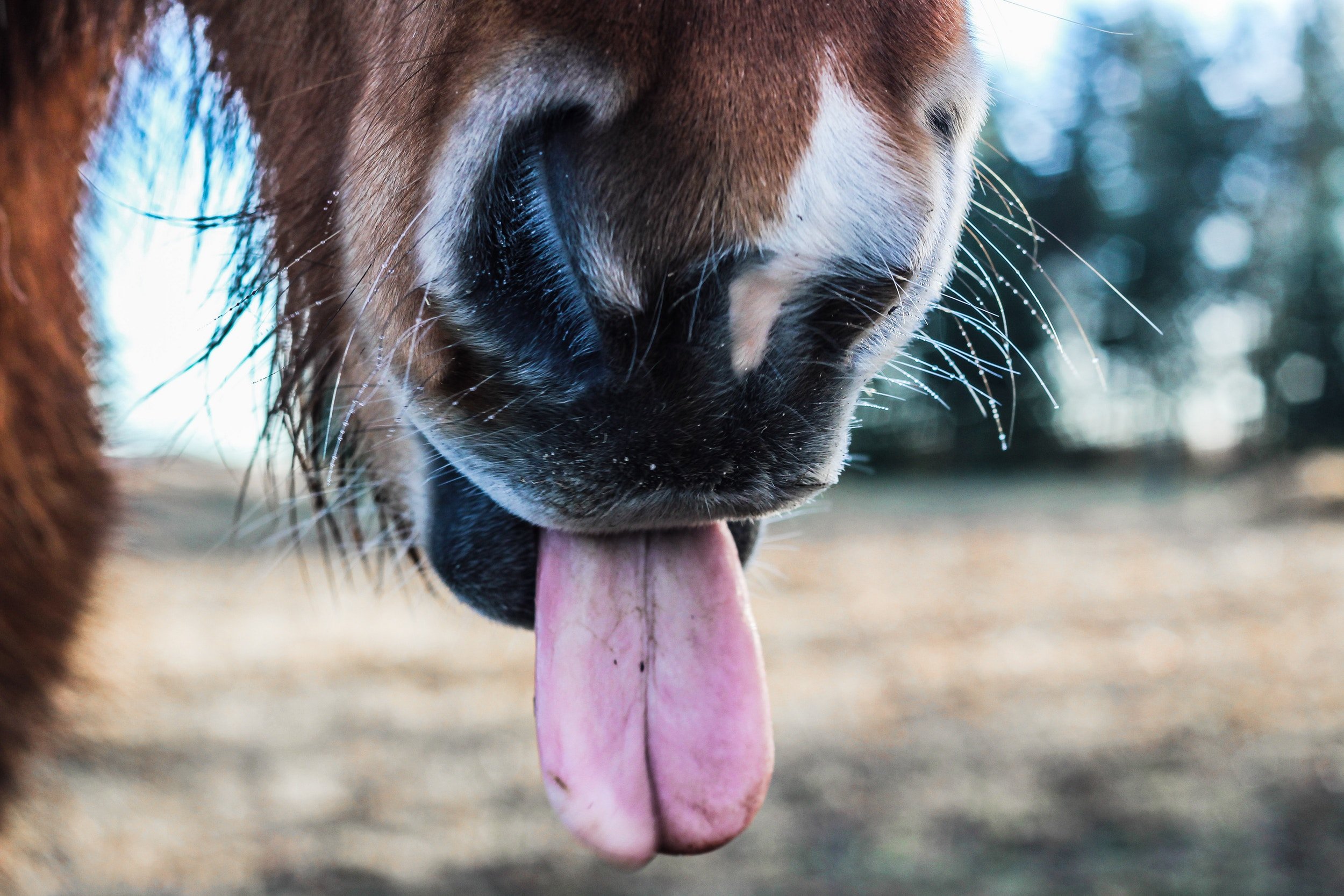Positive vs. Negative Reinforcement

Positive reinforcement involves providing a rewarding stimulus to increase the likelihood of a desired behaviour recurring. It encourages and strengthens good behaviour. Negative reinforcement, on the other hand, involves removing aversive stimuli to reinforce behaviour, also increasing the chances of its repetition. Both methods impact behaviour differently: one adds a reward, while the other subtracts discomfort.

Positive Reinforcement vs. Negative Reinforcement: Embracing a Kinder Path
In the realm of behaviour modification, two prominent methods stand out: positive reinforcement and negative reinforcement. While both aim to encourage specific behaviours, they differ in their approaches and consequences, with positive reinforcement being recognised as a kinder and more compassionate way to foster personal growth and learning.
Positive reinforcement involves the application of a pleasant or rewarding stimulus following a desired behaviour. When individuals receive praise, recognition, or a treat for their accomplishments, they are more likely to repeat that behaviour in the future. This method emphasises encouragement, praise, and constructive feedback, creating a nurturing environment that promotes self-esteem and motivation.
On the other hand, negative reinforcement entails the removal of an aversive or unpleasant stimulus after displaying the desired behaviour. Though it can be effective, this approach often carries the risk of causing stress or anxiety. Removing negative stimuli might work temporarily, but it may not lead to genuine intrinsic motivation and can even result in unintended side effects, such as fear or resentment.
Positive reinforcement, with its focus on affirming and uplifting individuals, fosters a sense of safety and trust. It promotes open communication and nurtures healthy relationships between the trainer and the animal. This approach acknowledges effort and progress, building resilience and a growth mindset.
Choosing positive reinforcement allows animals to learn from their mistakes without the fear of punishment, making them more receptive to feedback and more likely to embrace challenges. It cultivates a supportive atmosphere where animals feel valued, leading to increased confidence, creativity, and enthusiasm for learning.
In conclusion, the difference between positive and negative reinforcement lies in their methods and outcomes. Positive reinforcement, with its emphasis on encouragement and affirmation, proves to be a kinder way forward. By fostering intrinsic motivation and self-belief, it empowers animals to reach their full potential and contributes to a happier, more empathetic, and successful outcome.